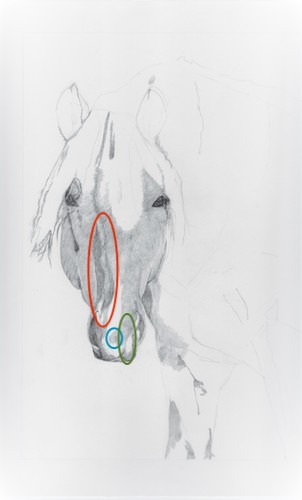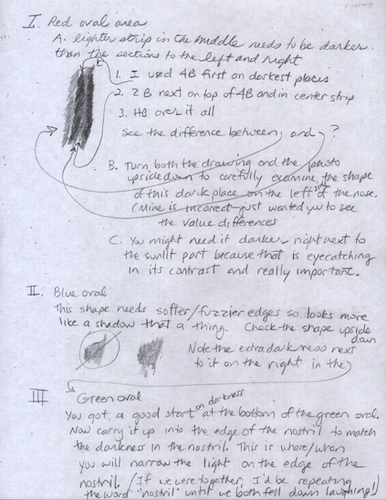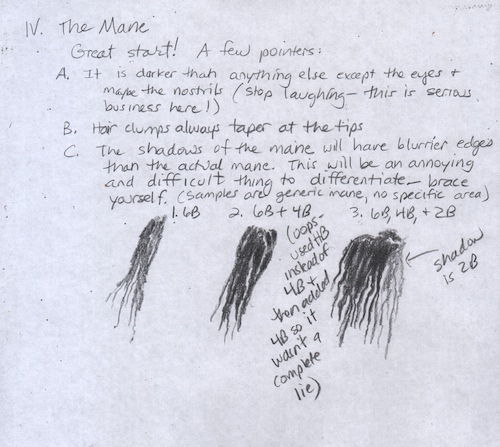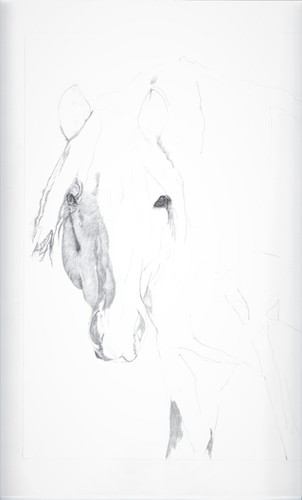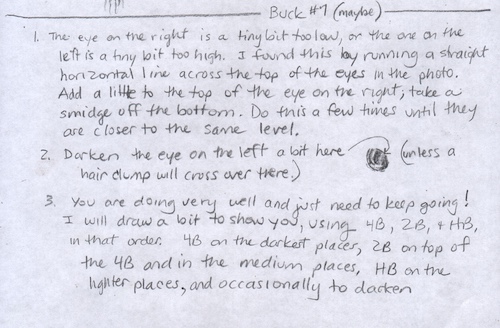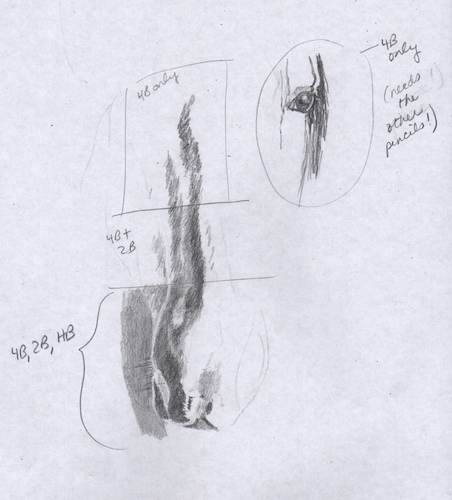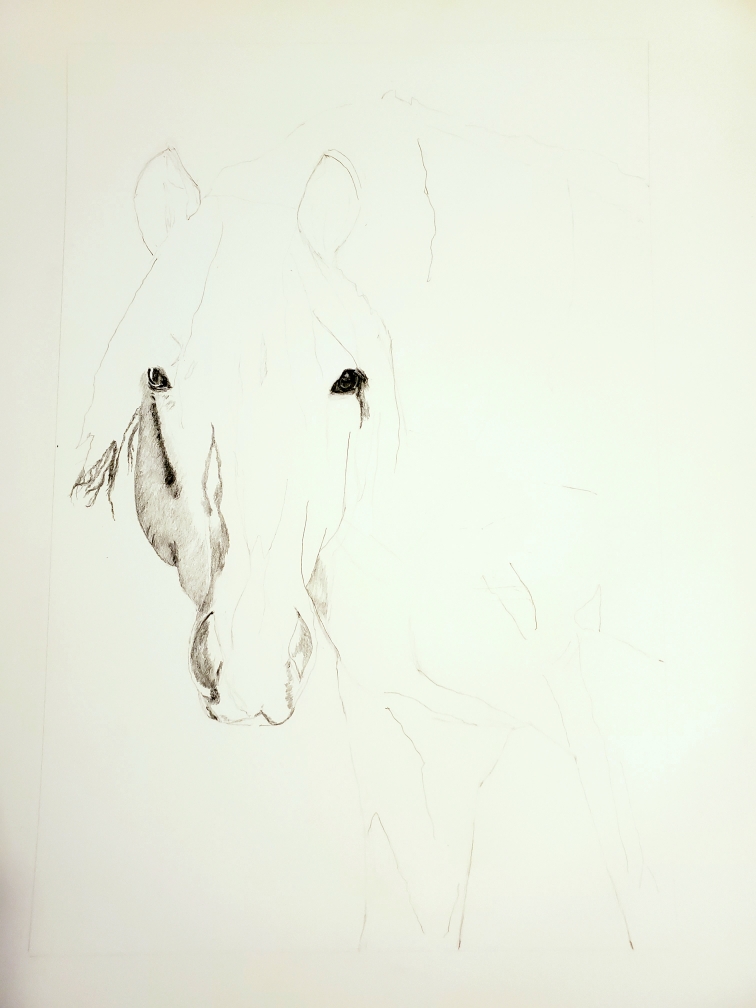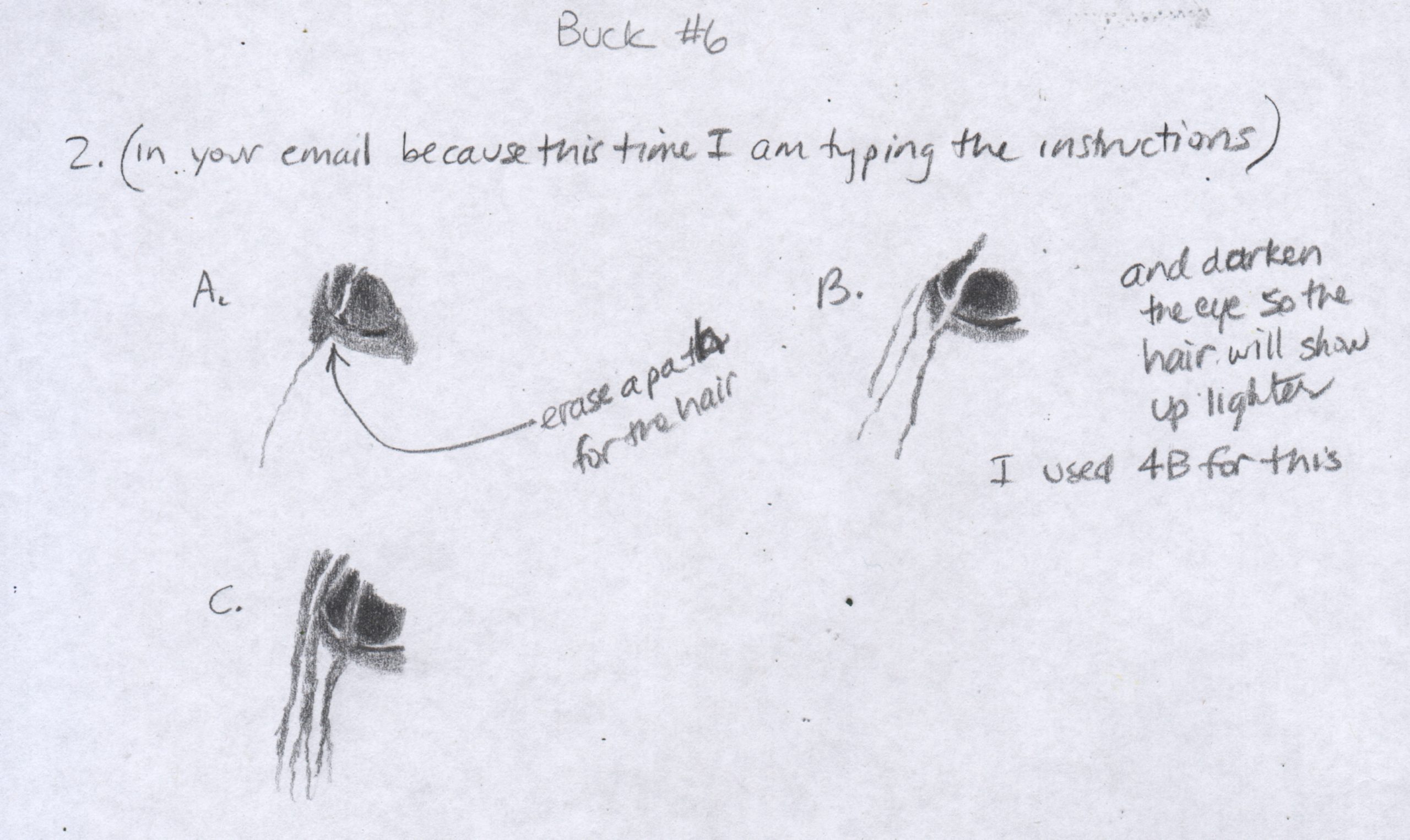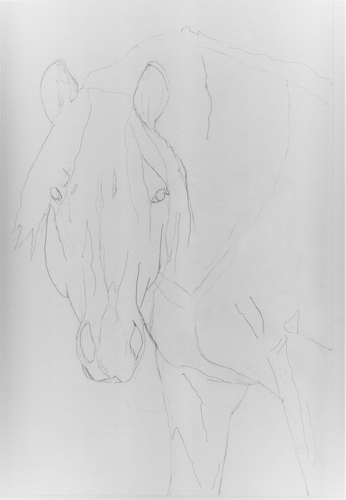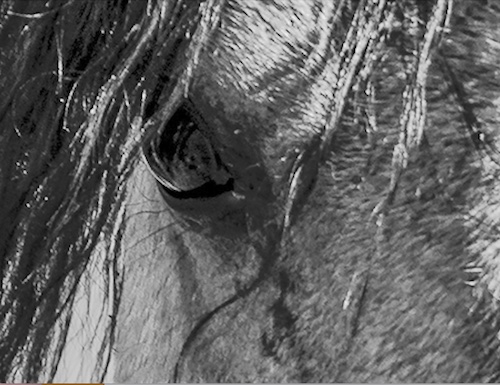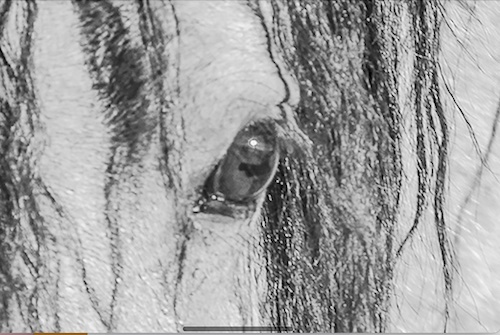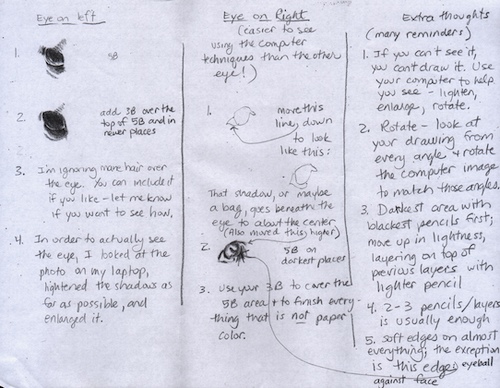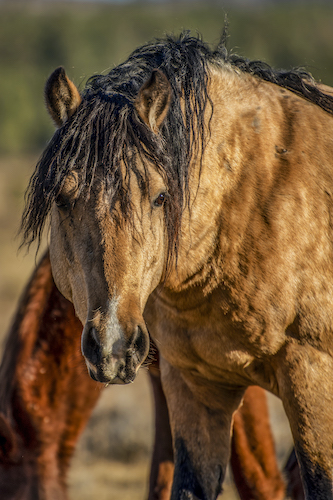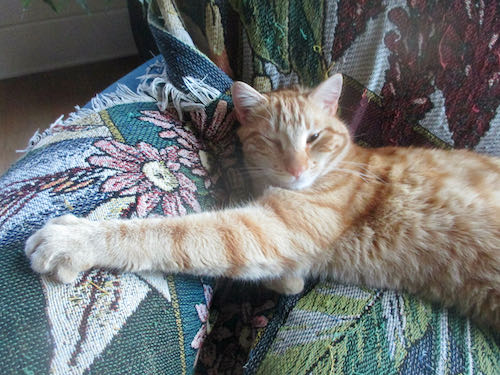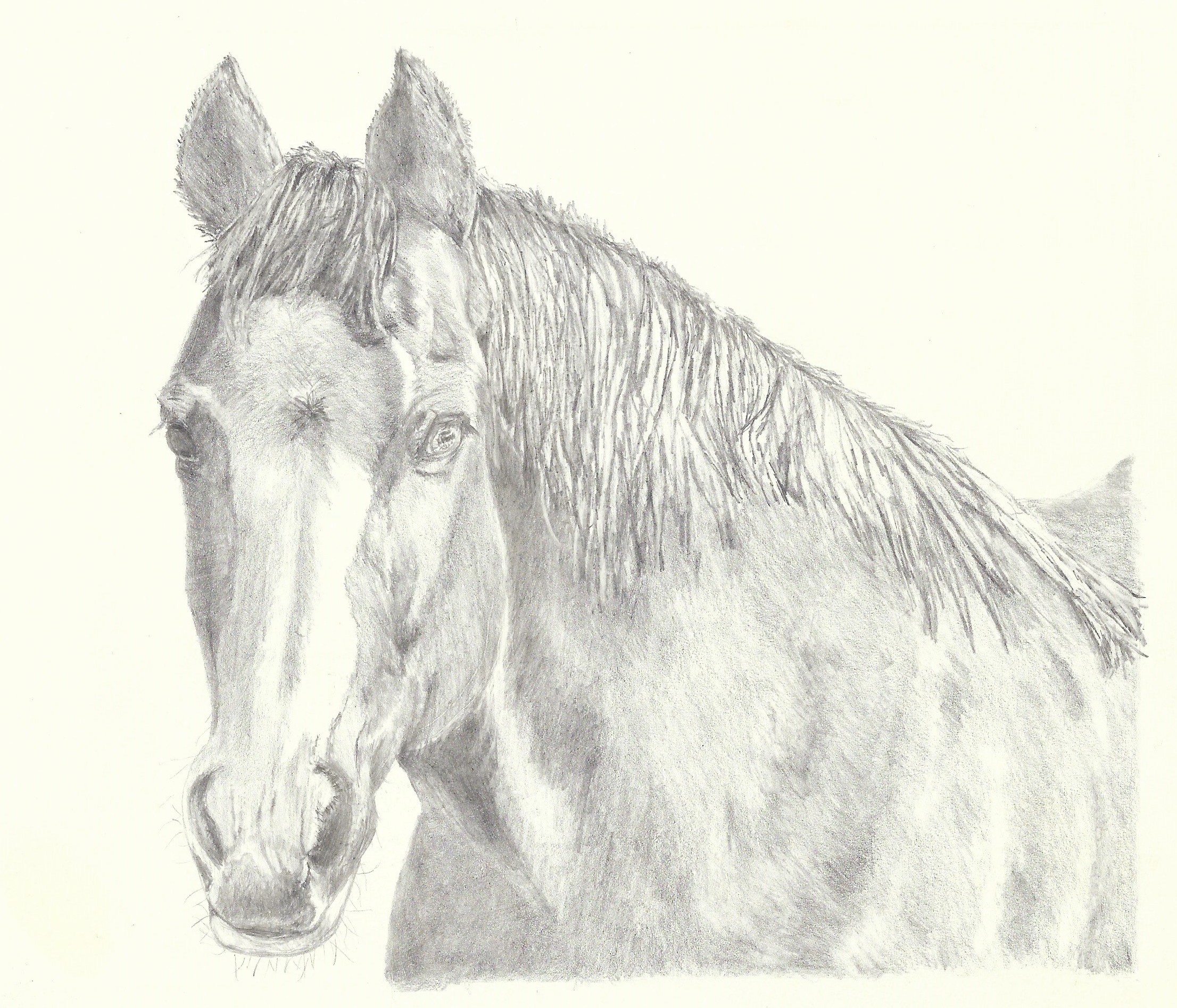These drawings are all by my drawing students, in progress, quickly photographed by my inadequate phone.
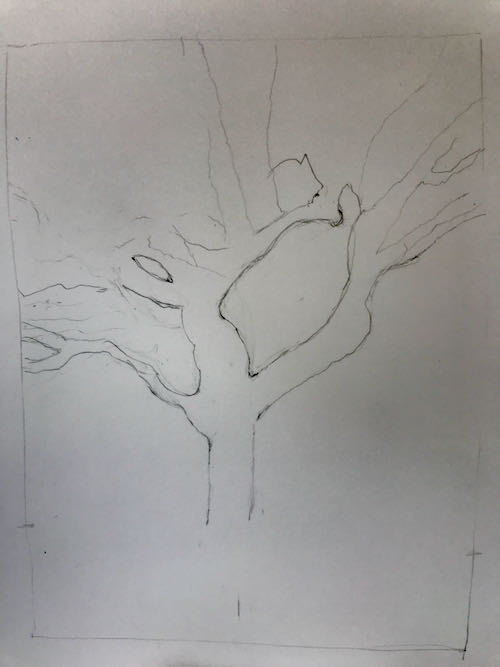
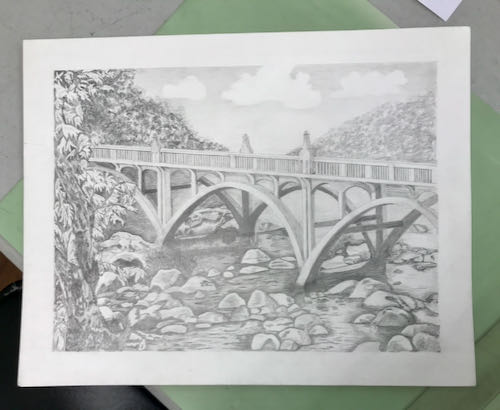
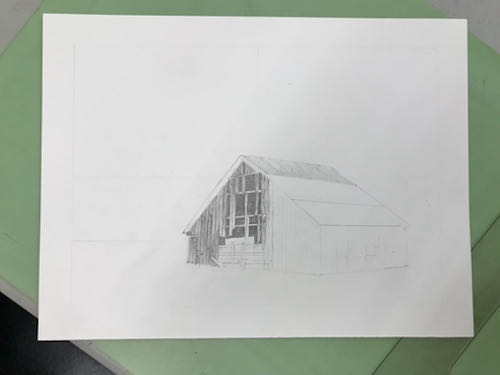
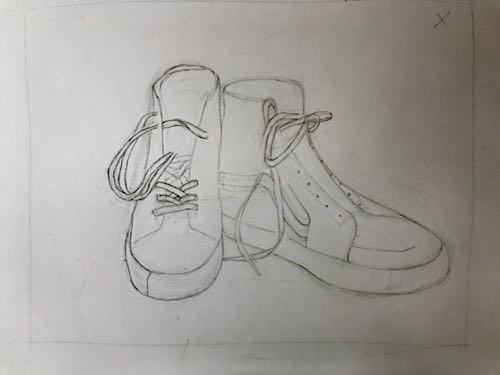
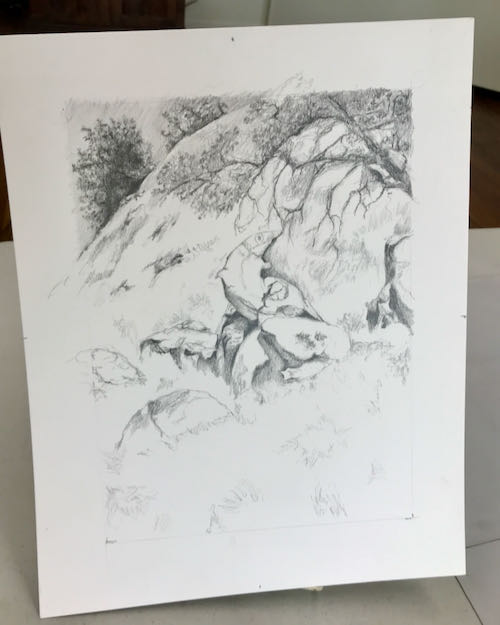
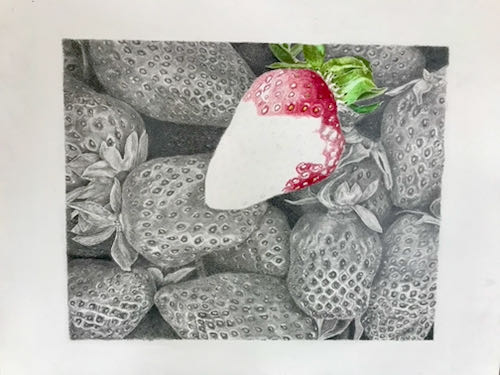
Different levels of experience, different levels of completion, but all work at their own speeds on subjects they choose.
Some of the things I tell them: “You can try this if you really want to, but it might even be too hard for me”; “You draw better than I do so I’m not sure why you are here but I will try to help you”; “That looks really fun!”; “Oh wow, that is going to take a long long time”; “I drew something like that once and ended up hating the subject”; “That is a great photo and will make a great drawing”; “Good thing you know your subject matter because it is really difficult to tell what is happening in that little area”.
I also help with step by step instructions. Lessons last 1 hour with 4 students per class. $55/month plus supplies, no lessons in July, August, or December. If you would like to know more, email me (cabinart at cabinart dot net, spelled out because it is supposed to discourage robots from contacting me) or use the contact button here on the website.
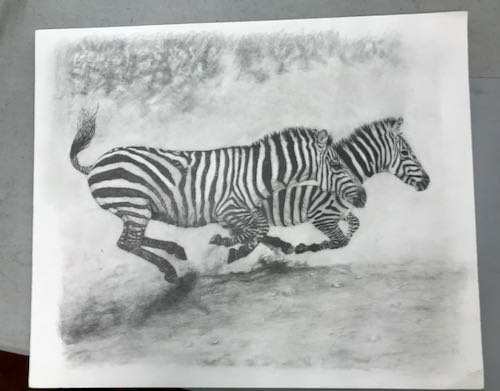
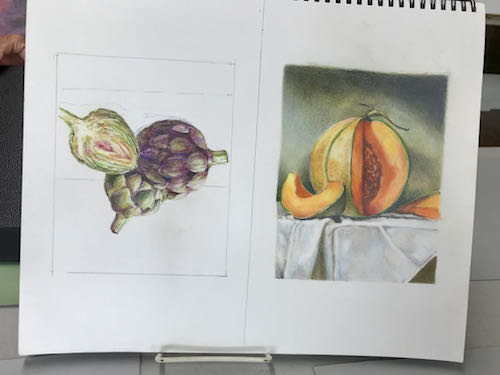
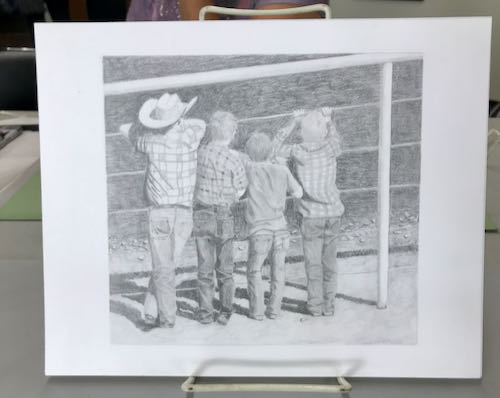
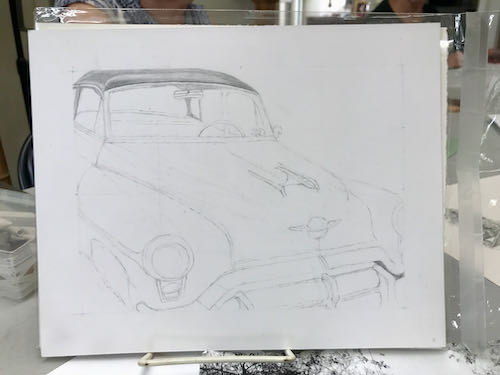
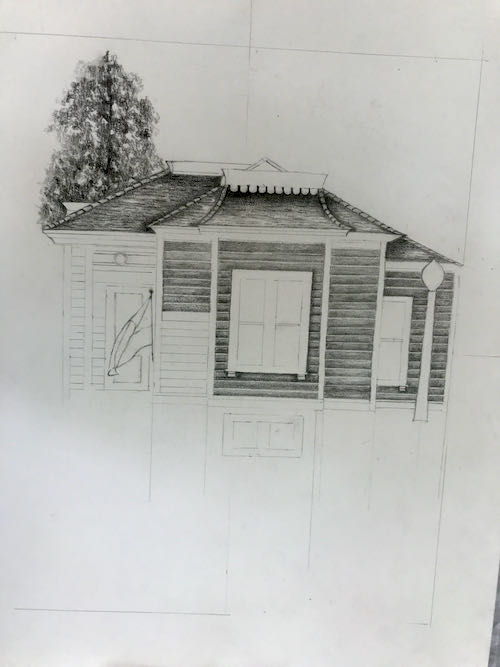
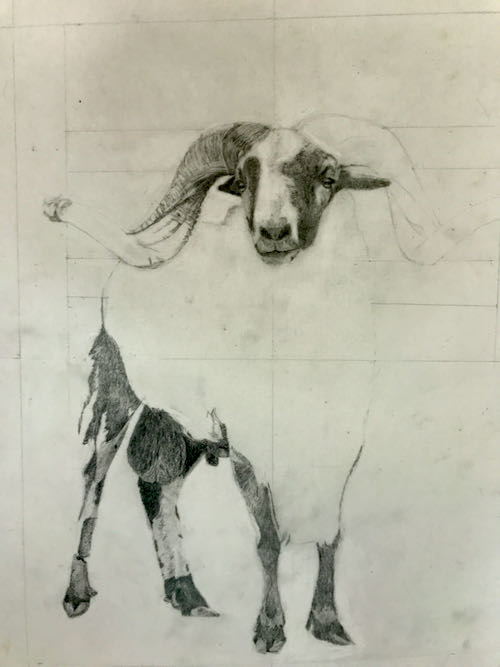
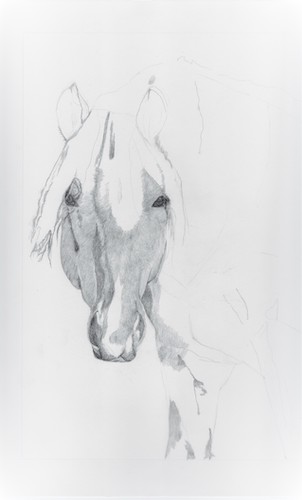 Oh how I wish we were together in person! But my o-so-wise dad taught me this: “If you put a wish in one hand and spit in the other, which hand actually contains something?” So we shall soldier on.
Oh how I wish we were together in person! But my o-so-wise dad taught me this: “If you put a wish in one hand and spit in the other, which hand actually contains something?” So we shall soldier on.